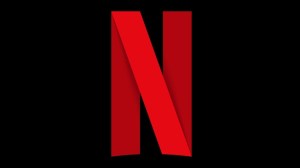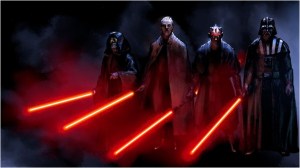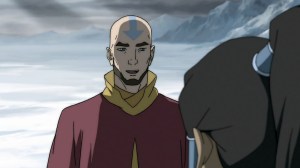Donkey Kong is one of Nintendo’s premier figures, a core mascot whose widespread appeal continues to grow, placing him among the company’s most cherished characters. His image is globally recognized, thanks to his digital jungle adventures, appearances in countless spin-offs, and even a role in the box-office-shattering The Super Mario Bros. Movie. In addition, Donkey Kong’s significance is being underscored by Nintendo with the official announcement of Donkey Kong Bananza, an ambitious new title to be released soon after a new console, the Nintendo Switch 2, an honor usually reserved for franchises like Super Mario and The Legend of Zelda. Yet, despite this decades-spanning fame, a fascinating piece of trivia often eludes even dedicated fans: the first video game appearance of the Donkey Kong most people know and love today isn’t the groundbreaking 1981 arcade cabinet that bore his name.
Videos by ComicBook.com
The original Donkey Kong arcade game, unleashed by Nintendo in July 1981, was a cultural phenomenon that rescued Nintendo of America from a financial crisis and established its iconic characters. Nintendo sold approximately 132,000 Donkey Kong arcade cabinets in Japan and the United States, a monumental achievement during the golden age of arcade games. To put this figure into perspective, Defender sold around 55,000 units, and Asteroids around 70,000, and both are remembered as heavy hitters of the video game industry. This commercial triumph not only catapulted Nintendo into the global gaming consciousness but also effectively pioneered the platformer genre.
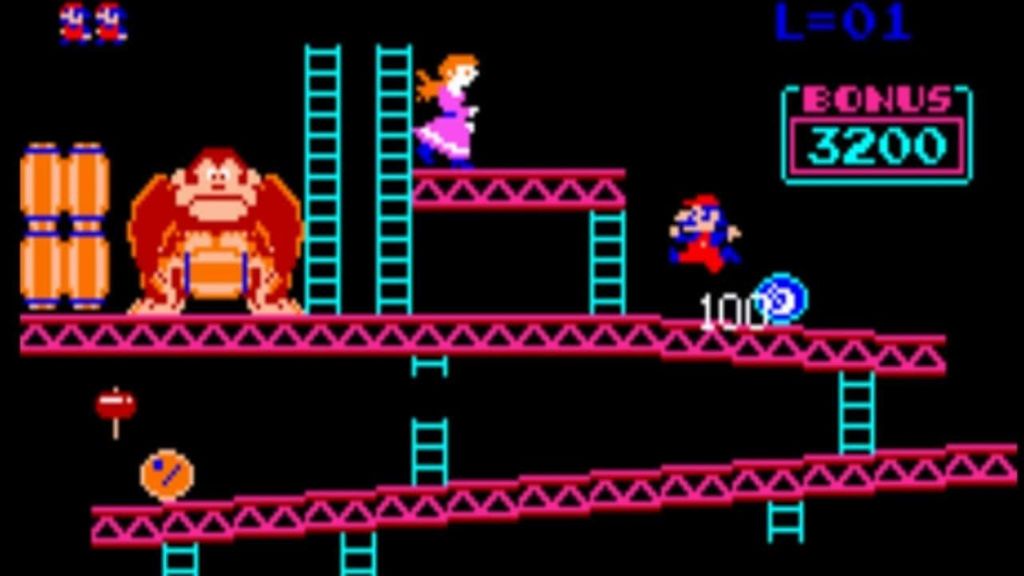
[RELATED: Donkey Kong Bananza Hands-On: DK Embarks on His Own Odyssey]
The arcade Donkey Kong presents a straightforward scenario: the titular great ape kidnaps a damsel in distress, initially known as Lady (later Pauline), and carries her to the top of a perilous construction site. Players control Jumpman (later famously renamed Mario), a carpenter determined to rescue Lady by navigating four challenging stages. Donkey Kong is the primary antagonist of each level, hurling barrels, springs, and other obstacles to thwart Jumpman’s ascent. This Donkey Kong is a brute, a kidnapper, and the clear villain, a far cry from the tie-wearing hero audiences recognize today. His image overhaul happened in the early 1990s, when Nintendo decided to retcon the canon to transform Donkey Kong into a heroic figure.
Nintendo Retconned Donkey Kong’s Debut in 1994
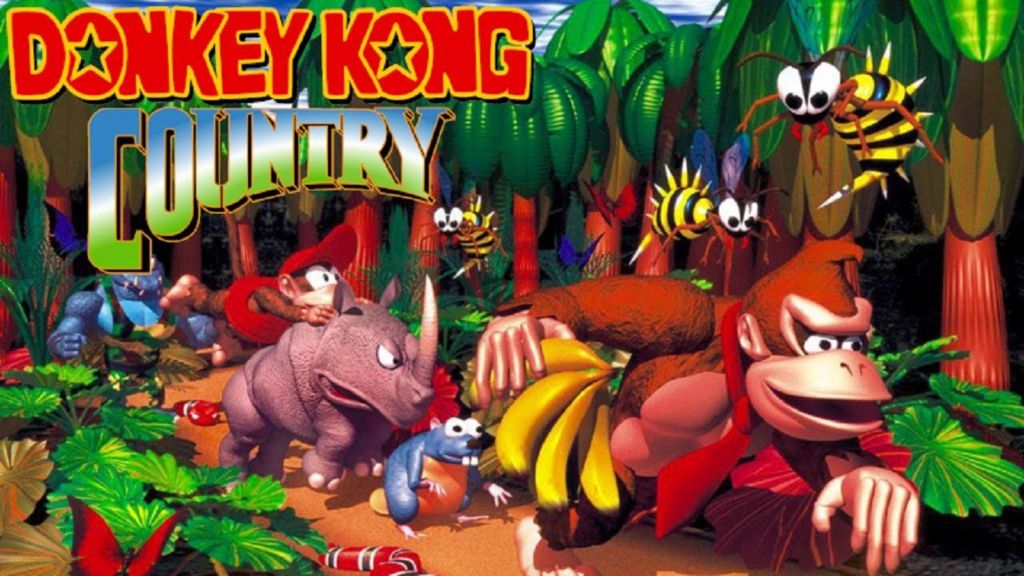
The transformation of Donkey Kong from arcade villain to beloved hero began with the groundbreaking release of Donkey Kong Country for the Super Nintendo Entertainment System in November 1994. Developed by the British studio Rare, this title was a graphical marvel, utilizing pre-rendered 3D graphics that gave its characters unprecedented detail and visual flair. More significantly, Donkey Kong Country reimagined its titular character. This new DK was a powerful, banana-hoarding, tie-wearing protagonist, tasked with recovering his stolen fruit from the villainous Kremlings crocodiles. The game was a massive critical and commercial success, revitalizing the Donkey Kong brand and introducing a whole new generation to the character. It also cleverly introduced a curmudgeonly old ape named Cranky Kong, who, as it turns out, held the key to understanding the Donkey Kong lineage.
The instruction manual for Donkey Kong Country was the first place to explicitly state that Cranky Kong is the ape from the 1981 arcade game. The game manual explicitly describes Cranky as the “original Donkey Kong who starred in his own coin-op smash!” Further cementing this, the manual for Donkey Kong Country 2: Diddy’s Kong Quest reiterates, “This is Donkey Kong’s grandpa, who, in his youth, was the original Donkey Kong who battled it out with Mario in the arcade.” Even handheld adaptations maintained this lore, with the Donkey Kong Land manual for the Game Boy referring to “Cranky, the original Donkey Kong.” In addition, Cranky Kong’s in-game dialogue throughout Donkey Kong Country and its sequels consistently reinforces this notion. He frequently breaks the fourth wall, grumbling about the good old days of simpler graphics and single-screen gameplay, often referring to his past arcade exploits.
This retcon effectively positions the heroic Donkey Kong of Donkey Kong Country and subsequent adventures as Donkey Kong III, or more commonly, the grandson of the original arcade villain. This narrative change ingeniously preserved the entire history of the Donkey Kong arcade games as canon within the new series, by giving the 1981 barrel-tosser a new role as the grumpy elder statesman. Simultaneously, this narrative maneuver allowed the new Donkey Kong to emerge as an unambiguous hero, free from any past villainous baggage. As a result, Donkey Kong Country allowed Nintendo to build a new heroic IP around a classic name, leveraging the brand recognition while crafting a character that players could root for without reservation, effectively turning a former antagonist into the patriarch of a new generation of heroes. That means that DK’s first game is not the 1981 title, but 1994’s Donkey Kong Country.
Donkey Kong will return with the release of Donkey Kong Bananza on July 17th.



